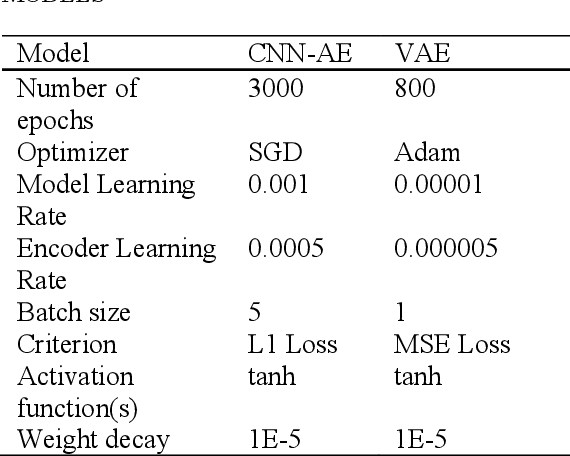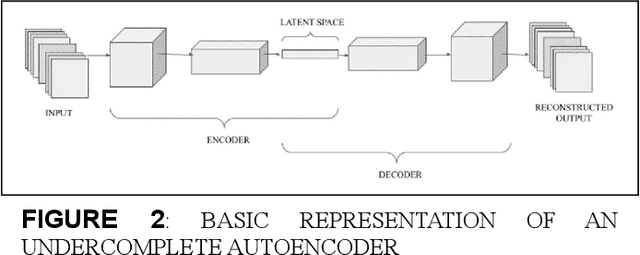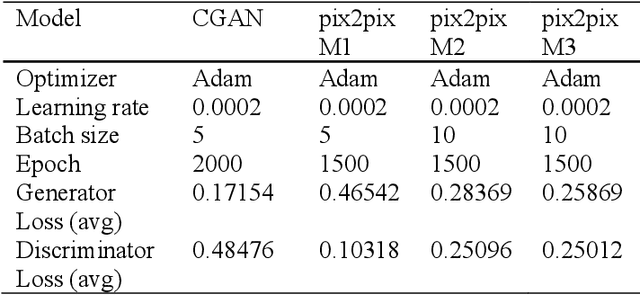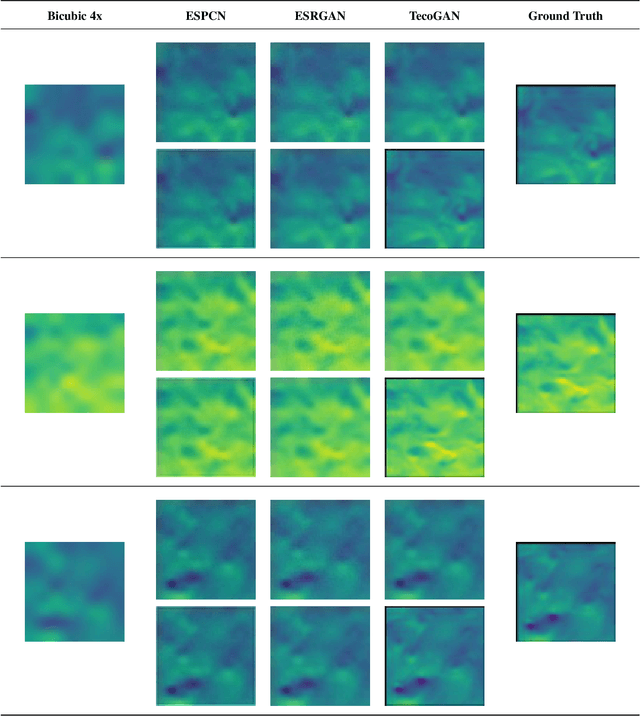Prince Tyagi
Parameterization of Forced Isotropic Turbulent Flow using Autoencoders and Generative Adversarial Networks
Jul 08, 2021



Abstract:Autoencoders and generative neural network models have recently gained popularity in fluid mechanics due to their spontaneity and low processing time instead of high fidelity CFD simulations. Auto encoders are used as model order reduction tools in applications of fluid mechanics by compressing input high-dimensional data using an encoder to map the input space into a lower-dimensional latent space. Whereas, generative models such as Variational Auto-encoders (VAEs) and Generative Adversarial Networks (GANs) are proving to be effective in generating solutions to chaotic models with high 'randomness' such as turbulent flows. In this study, forced isotropic turbulence flow is generated by parameterizing into some basic statistical characteristics. The models trained on pre-simulated data from dependencies on these characteristics and the flow generation is then affected by varying these parameters. The latent vectors pushed along the generator models like the decoders and generators contain independent entries which can be used to create different outputs with similar properties. The use of neural network-based architecture removes the need for dependency on the classical mesh-based Navier-Stoke equation estimation which is prominent in many CFD softwares.
A comparative study of various Deep Learning techniques for spatio-temporal Super-Resolution reconstruction of Forced Isotropic Turbulent flows
Jul 07, 2021



Abstract:Super-resolution is an innovative technique that upscales the resolution of an image or a video and thus enables us to reconstruct high-fidelity images from low-resolution data. This study performs super-resolution analysis on turbulent flow fields spatially and temporally using various state-of-the-art machine learning techniques like ESPCN, ESRGAN and TecoGAN to reconstruct high-resolution flow fields from low-resolution flow field data, especially keeping in mind the need for low resource consumption and rapid results production/verification. The dataset used for this study is extracted from the 'isotropic 1024 coarse' dataset which is a part of Johns Hopkins Turbulence Databases (JHTDB). We have utilized pre-trained models and fine tuned them to our needs, so as to minimize the computational resources and the time required for the implementation of the super-resolution models. The advantages presented by this method far exceed the expectations and the outcomes of regular single structure models. The results obtained through these models are then compared using MSE, PSNR, SAM, VIF and SCC metrics in order to evaluate the upscaled results, find the balance between computational power and output quality, and then identify the most accurate and efficient model for spatial and temporal super-resolution of turbulent flow fields.
 Add to Chrome
Add to Chrome Add to Firefox
Add to Firefox Add to Edge
Add to Edge